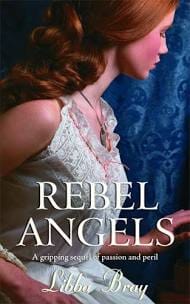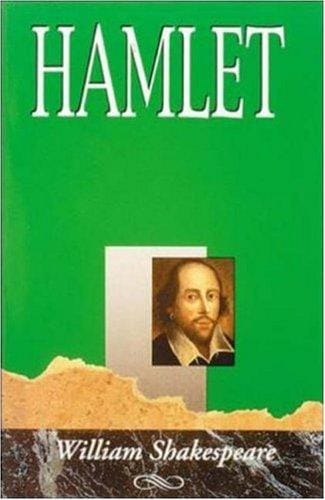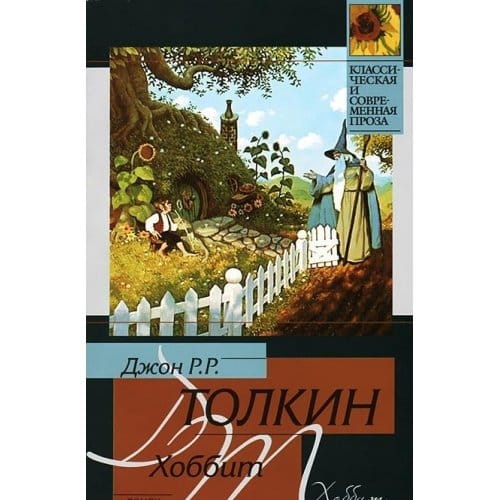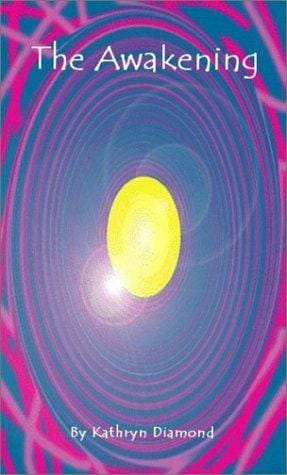Rebel Angels: From Fallen Seraphs to Literary Icons
Explore how rebel angels evolved from ancient fallen seraphs to modern literary and pop-culture icons, embodying ambition, taboo knowledge and creative defiance.

Introduction: Who Are the Rebel Angels?
The phrase “Rebel Angels” instantly evokes images of shimmering wings scorched by celestial fire, of once-pure spirits who challenged divine authority and paid the price for pride. Yet the term is far more than a picturesque metaphor. It bridges millennia of theology, folklore, literature, and pop culture, providing a rich symbol for ambition, knowledge, and creative defiance. In this article we follow the rebel angel from its earliest scriptural roots to its reincarnations in modern novels, exploring why this fiery archetype refuses to fade from human imagination.
Rebel Angels in Ancient Myth and Theology
The Fall of Lucifer
Christian tradition distills the entire drama of cosmic rebellion into a single name: Lucifer, the “light-bearer.” According to readings of Isaiah 14 and Revelation 12, Lucifer—a radiant archangel—sought to install his throne above the Most High. This spiritual coup failed, and Lucifer was cast from heaven with legions of sympathizers. Over centuries, theologians elaborated the narrative, using it to explain the origin of evil and the moral dangers of overreaching pride. The fallen angel thus became a cautionary emblem, but also an alluring figure for artists who saw in him the ultimate tragic hero.
The Watchers in the Book of Enoch
Outside the biblical canon, the apocalyptic Book of Enoch expands the idea of rebel angels through the Watchers—two hundred heavenly beings who descend to Earth, take human wives, and teach forbidden knowledge such as metallurgy, astrology, and weapon-making. Their union spawns the Nephilim, giants who ravage the world. The Watchers’ sin is not pride but the reckless gift of enlightenment. This alternative myth shows that rebellion can stem from compassion or curiosity, adding complexity to the motif and foreshadowing literature’s fascination with taboo knowledge.
Rebel Angels in Modern Literature
Robertson Davies’ The Rebel Angels
Canadian novelist Robertson Davies borrowed the title “The Rebel Angels” for the first volume of his Cornish Trilogy (1981). Set within the eccentric corridors of a university, the story follows scholars obsessed with Renaissance humanism, alchemy, and the pursuit of the perfect text. Davies’ “angels” are not winged beings but academics whose intellect, libido, and ambition place them at odds with institutional decorum. By mapping celestial rebellion onto ivory-tower politics, Davies satirizes both academia and the timeless tendency of geniuses to challenge established orders.
Libba Bray’s Rebel Angels
In Libba Bray’s young-adult bestseller “Rebel Angels” (2006), the second book in the Gemma Doyle Trilogy, boarding-school heroines travel between Victorian England and a magical realm known as the Realms. The rebel angels here are spirits cut off from divine power who bargain for freedom. Bray fuses gothic fantasy with feminist themes, showing adolescent girls wrestling with social strictures as severe as any heavenly banishment. The novel’s popularity underscores how the archetype adapts to new audiences, speaking to struggles for agency and self-definition.
Symbolism and Recurring Themes
Across scriptural, apocryphal, and literary treatments, rebel angels consistently embody four overlapping themes. First is ambition: a soaring desire that can uplift or destroy. Second is knowledge, especially the kind deemed forbidden by authority. Third is exile, the emotional core of being cast out from a former home. Fourth is transformation—angel becoming devil, student becoming visionary, insider becoming outsider. These motifs resonate because they track the human life cycle: we crave achievement, seek answers, suffer rejection, and reinvent ourselves. In this mirror, the fallen seraph becomes every person who ever dared to dream against the rules.
Rebel Angels in Popular Culture
Beyond printed pages, rebel angels storm today’s screens, lyrics, and game consoles. Television series such as “Lucifer” depict the fallen archangel as a charismatic detective wrestling with morality in Los Angeles. Musicians from Sarah McLachlan to the Smashing Pumpkins reference rebel angels to signal bittersweet defiance. Video games like “Diablo” and “Bayonetta” pit players against, or allow them to control, angelic renegades. Each reinterpretation—whether camp, comic, or deadly serious—draws on the same magnetic tension between holiness and heresy, encouraging audiences to question absolute authority in playful ways.
Why the Archetype Still Resonates
In an era when scientific discovery and social change accelerate faster than doctrine can digest, the rebel angel supplies an adaptable language for dissent. It frames conflict not as simple disobedience but as a cosmic-scale gamble undertaken for freedom, knowledge, or love. By dramatizing the costs of rebellion—loss, guilt, perpetual wandering—it warns against hubris even while validating the impulse to challenge the status quo. This duality makes the figure ideal for nuanced storytelling in which hero and villain share the same wings.
Final Thoughts
From the thunderous fall of Lucifer to Robertson Davies’ wry professors and Libba Bray’s time-traveling schoolgirls, rebel angels remain luminous in their ruin. They remind us that questioning authority is a risky yet essential act, that enlightenment can both bless and wound, and that exile often precedes renewal. Whether you meet them in a dusty theological text or a binge-worthy streaming series, these radiant renegades urge you to ask: What would you risk for the truth of your own wings?



